

|
Advertisements above |


My name is Donald MacDonald-Ross, and I have been doing genealogy for over three decades as a hobby, mostly researching my ancestors and relatives in Ireland and Scotland.
My paternal grandfather, Ross MacDonald Ross, was born in 1891 to a farming family at Lower Arboll in Tarbat Parish, at the eastern end of the County of Ross and Cromarty. My second cousins still live on the family farm there, which has been occupied by our Ross family at least back to the late 1820s.
Grandfather's father, Andrew Ross, had married in 1870 at Arboll to Chirsty MacDonald, one of three sisters who came from Reiff in the Coigach District of Lochbroom Parish, at the far west of Ross and Cromarty. A well worn path from west to east, an aunt of the sisters had already settled near Arboll at Balintore in the neighbouring parish of Fearn. Chirsty's forename shows up in records as "Chirsty", "Christy", or "Christina". Cursty, sometimes spelled Ciorstaig is a common gaelic name especially on the west coast, and the family at Arboll maintained communication with the Reiff MacDonalds through the first decades of the 20th century.
Grandfather spent summers with his cousins at Reiff as a child. He later became a well known landscape artist in Ireland, but some of his earliest known paintings were of Coigach.

[ Grandfather the serious wee boy sitting front center ]
May of 1980 I got my first view of Coigach, staying several days at the Ullapool Youth Hostel, I had not yet found the living cousins at Reiff I later visited in 2006, but it was nice to see the area and get the first taste of the culture and history I have been trying to understand since.
Though I continue to research my Irish and Easter Ross ancestors, I have found the genealogy of Coigach families to be especially challenging, and so have made that area the focus of this website.
The language of Coigach was Gaelic throughout the period covered by these notes, though a few people also spoke English, and the records were kept in that language. Placenames were very descriptive, and I have collected many of them from maps and other sources into a file with whatever translations I have managed; place.htm
The files on this website include transcriptions of some of the data from 19th century censuses, I have followed each Household by notes on where the family members were in other census years, and hypertext links following the complex relationships between the families.
Much of the information in the notes came to me from other researchers, and I include links to the contact info for those people, including email addresses and websites. The contact and sources file is here; contacts.htm
Send any comments to me, Donald MacDonald-Ross, at; 

 |
 |
|
This is a map of Scotland, missing the Orkney and Shetland Isles |
This is a map of mainland Ross and Cromarty, omitting the Isle of Lewis |
|
|

|
|
And among the tragedies on the loch, there was also the occasional miraculous event, such as this true sighting in 1832 of a |

|
|

|
Genealogy does not make clear whether the 1832 mermaid was related to the 1906 |
|
|
|
Managing shepherd, preferably from the South who does not speak Gaelic, wanted with 2 'common' shepherds, apply to John Nicolson, tenant, Tanera, Ullapool. |
Presumably the requirement to not be able to speak Gaelic was to prevent fraternisation and collusion with the locals, as the same day Nicolson published a warning that those found removing "shelly sand" from Tanera without paying him will be prosecuted.
The following items give a "Window on the Past";


As well as the islands on this map are two others in Lochbroom that some sources consider to be part of the Summer Isles; Isle Martin off the coast of south-east Coigach, and Isle Gruinard off the western end of the Scoraig peninsula (the peninsula between Lochbroom and Little Lochbroom).
Of the islands above only Ristol and Tanera Mor had documented residents in the 19th century, though many of the others were used for grazing or were visited regularly to harvest "seaware" (seaweed) to fertilize crofter's fields, and Eilean a'Chleirach, "Priest Island", figures prominantly in history following the 1745 Rebellion, harbouring French Privateers and military cadets trying to rescue Bonny Prince Charlie.
Traditionally the Summer Isles were considered part of the Hebrides, the name "Summer" coming from an old Norse word meaning "boundary".
|
The ladies of Coigach, Tweed making in Coigach was very much a "cottage industry", though never competing with the black cattle economy that dominated to the early 19th century, or the crofting economy that developed then, the income from the small farms supplemented by herring fishing. From ancient times Coigach tweed was highly valued for its quality; the first rent roll for the farm of Achiltibuie following the 1745 Rebellion show the Tacksman, Roderick Mackenzie, paid his rent as a little over seventy-eight pounds cash, three wedders (two to three year old castrated sheep), four stones of butter (fifty-six pounds), and importantly included half a plaid of white tweed. |
National censuses of Scotland have occured every ten years since 1801 (except 1941 during WW2). The earliest three did not include individuals, though are useful for sociology of tracing occupations. Starting 1841 every individual was named.
Before 1841 researchers must look for "census substitutes", such as rent rolls or petitions. Coigach as part of the Parish of Lochbroom has six known surviving Militia Lists, the first, in 1797, notes men between the ages of 19 and 23, the rest men between 15 or 16 and 60, in the National Archives of Scotland is a brown paper bag with numbered lots, drawn each year to select individuals for serving in the Militia.
Much data can be found in the Lists; occupations, places of residence, and occasionally relationship to others are noted, which with aid of christening and marriage records in the Parish Register can help track migration of familys within the Parish, and suggest lines of relationship when in-laws, cousins, nephews, or nieces are shown in later records.
 Annotated CensusAlexander MacLeod with his game bag and gun stands ready to help you hunt for ancestors through the 19th century census records of Coigach! Alex lived his life in Coigach, and shows up in most of the 19th century censuses starting 1841 as a two year old at Culnacraig 41-3, through to 1881, though away from home in 1891 at Achnahaird 91-4. His gt-granddaughter, Kate Ferris, (CONTACT INFO), sent this photo and lots of details on the life he led. These files include transcripts of each decennial census from 1841 to 1891, enriched by notes from descendants such as Kate, information in histories, Parish and Civil Registration. Through hypertext links between Households and succeeding censuses you can track relationships. Far from a complete project, any assistance is appreciated! | |
|
Photo credit: Kate Ferris |
The following map is based on several mid 18th century maps of Coigach showing the farms then, click on areas of the map to go to the files with genealogy data on those places, many places in the 19th century and later records are not named on the map, a jump table follows with links to files on those places.
At the time of the map the farms of Coigach were let as "Tacks", the "Tacksman" or principle tenant holding the prime land, and subletting the lesser parts to from a handful to two dozen sub-tenants, whose rent and services such as tilling the Tacksman's fields often exceeded the Tacksman's rent to the landowner.
Some notable changes in settlements happened before improved record keeping began in the 19th century;
Placename spellings in the map follow modern form.

| Credits for below thumbnail images with their full size versions, follow links | |||||
 Achadh' a Bhraigh |
 Achduart |
 Acheninver |
 Achiltibuie |
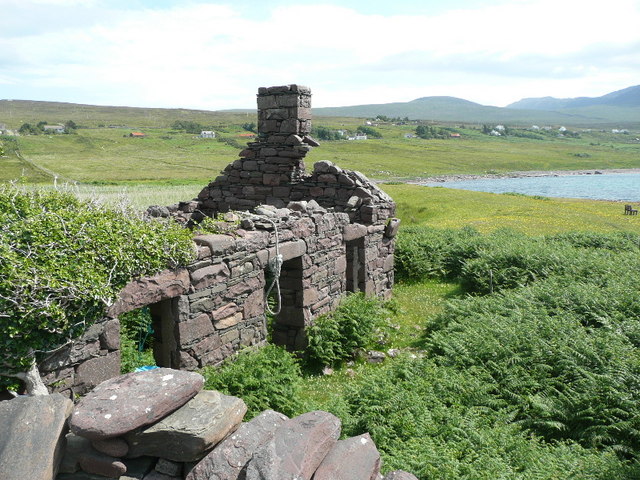 Achlochan |
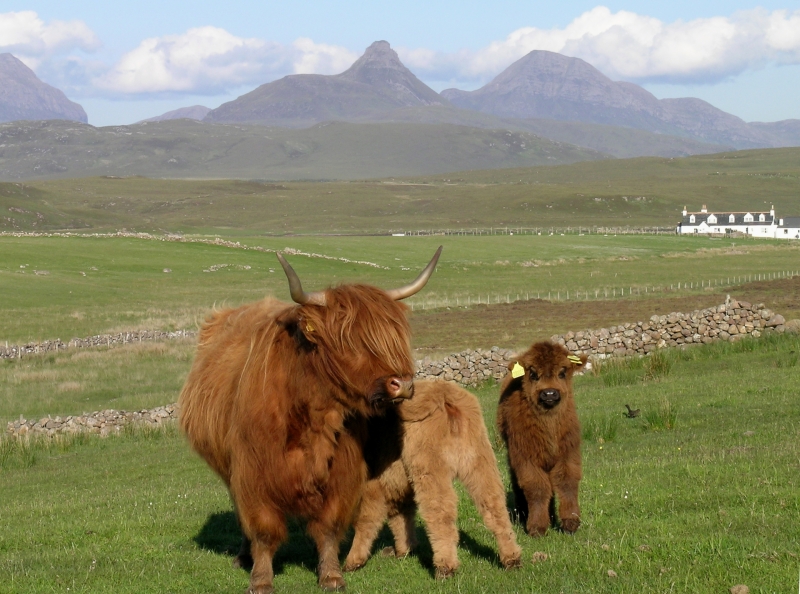 Achnahaird |
 Achnancarnian |
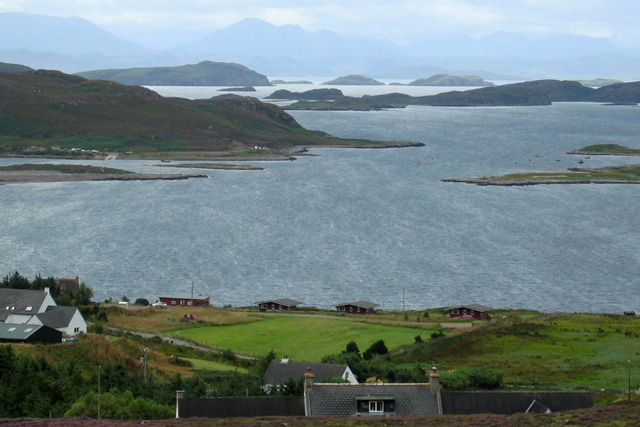 Altandhu |
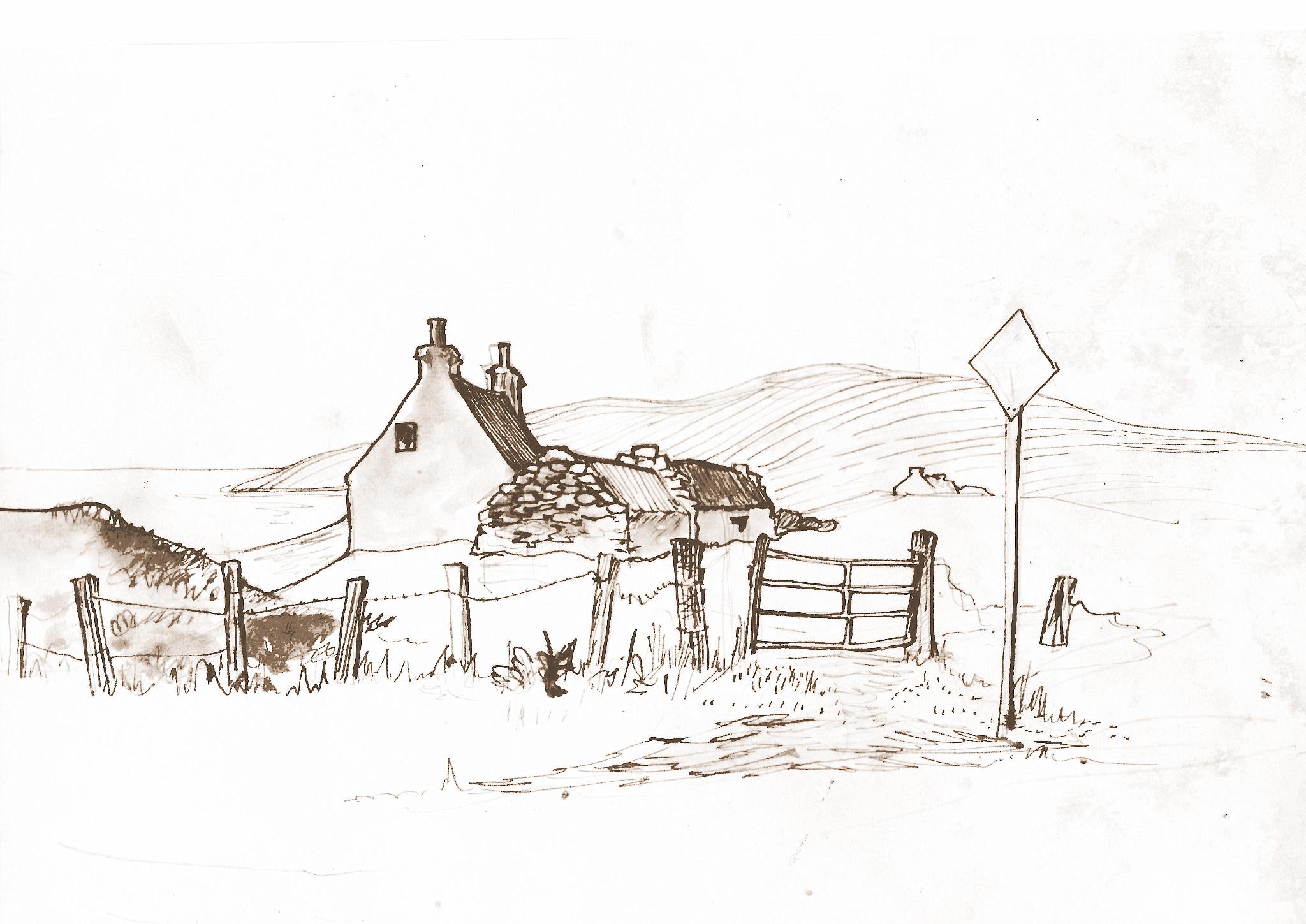 Badenscallie |
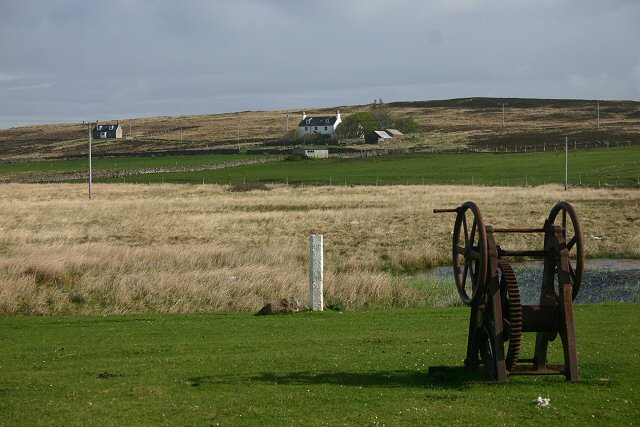 Badentarbet |
 Cammasnancarrian, (see Achnancarnian) |
 Camuscoille |
 Camusglassellan (see Reiff) |
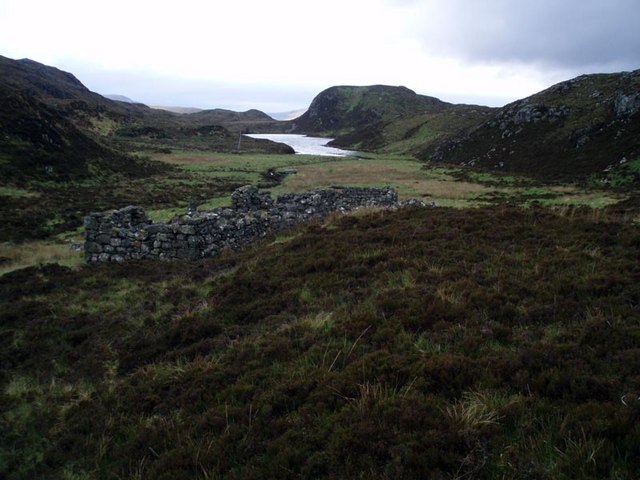 Clais (Shepherd Station) |
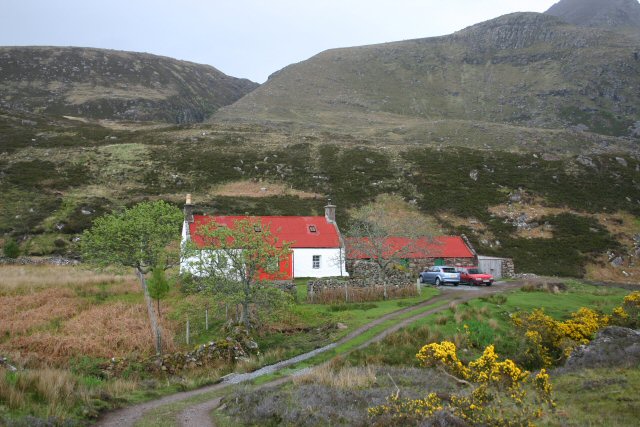 Culnacraig |
 Dornie |
 Faochag, (see Reiff) |
 In a Boat |
 Inverpolly (Shepherd Station) |
 Lineranich (Shepherd Station) |
Little Altandow, (see Achnahaird) |
 Polbain |
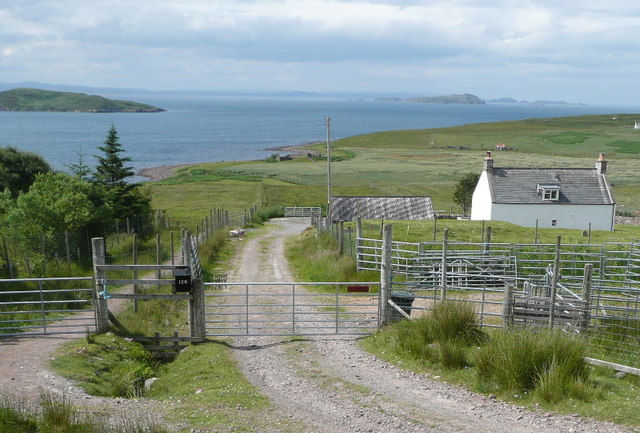 Polglass |
 Reiff |
 Rhegreanoch (Shepherd Station) |
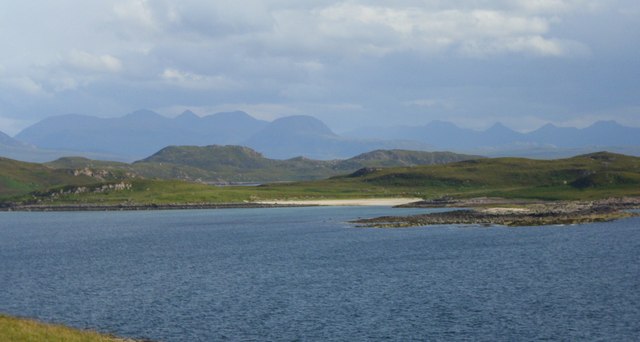 Ristol |
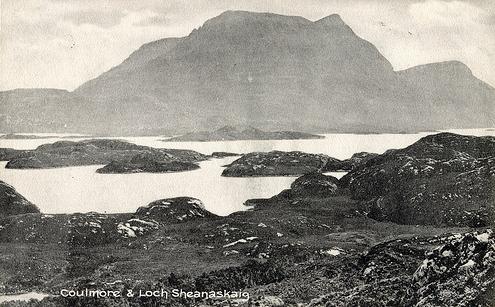 Sheniskaig (Shepherd Station) |
 Tanera |
||
The following communities are in the south-east area of Coigach. Historically this area was always part of the Barony of Coigach, though starting 1857 civil registration and censuses recorded them as part of the rest of the Parish of Lochbroom, separate from the places in that part of the peninsula "beyond the big rock", noted above, which remain noted as "Coigach". Though the files in this website concentrate on that other part, there was much intermarriage between the families, and so I am slowly adding more data here.
| Credits for below thumbnail images with their full size versions, follow links | |||||
 Achall |
 Achendrean (Strathcanaird) |
 Ardmair |
 Blughasary |
Dalvraid | 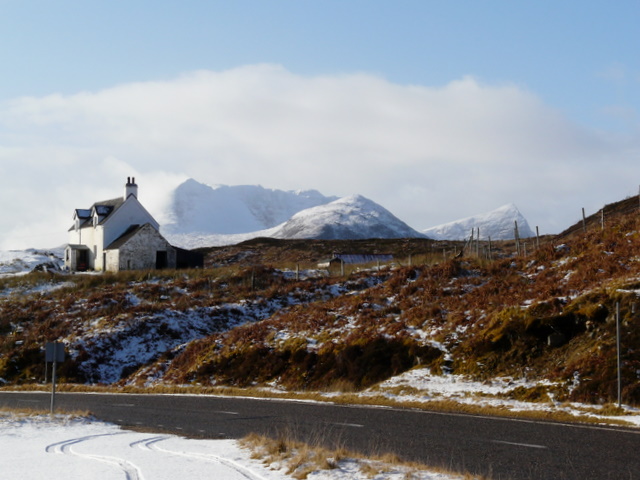 Drumrunie |
 Glutton |
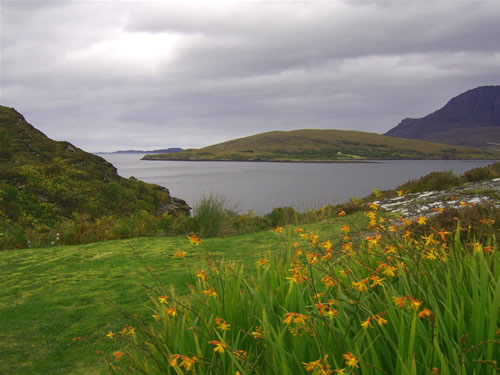 Isle Martin |
bordered Ullapool and Glastulloch on the west. Also part of Kenachrine were Rhue, Luib and Morefield |
 Kenachulish |
 Langwell |
 Luib |
 Morefield |
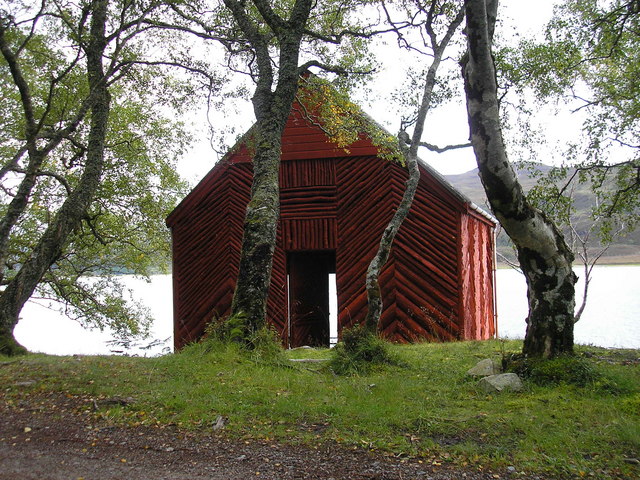 Rhidorroch |
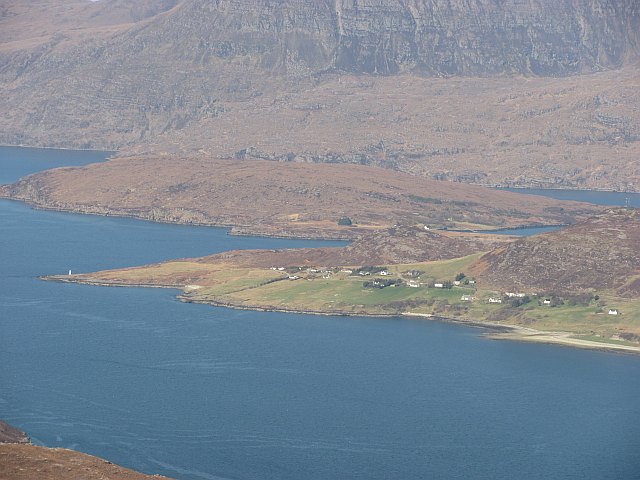 Rhuairdachadail ("Rhue", see Kenachrine) |
Strathan |  Ullapool |
|

Sign the Guestbook!Sign or read the new Guestbook, HERE Old Guestbook, March 1999 - March 2012, is archived, click HERE to view. Unfortunately, a systems problem at Rootsweb a few years ago led to losing years of messages from 2012 forward, am trying to launch a new guestbook end of March, 2020. |
|
Advertisements below |